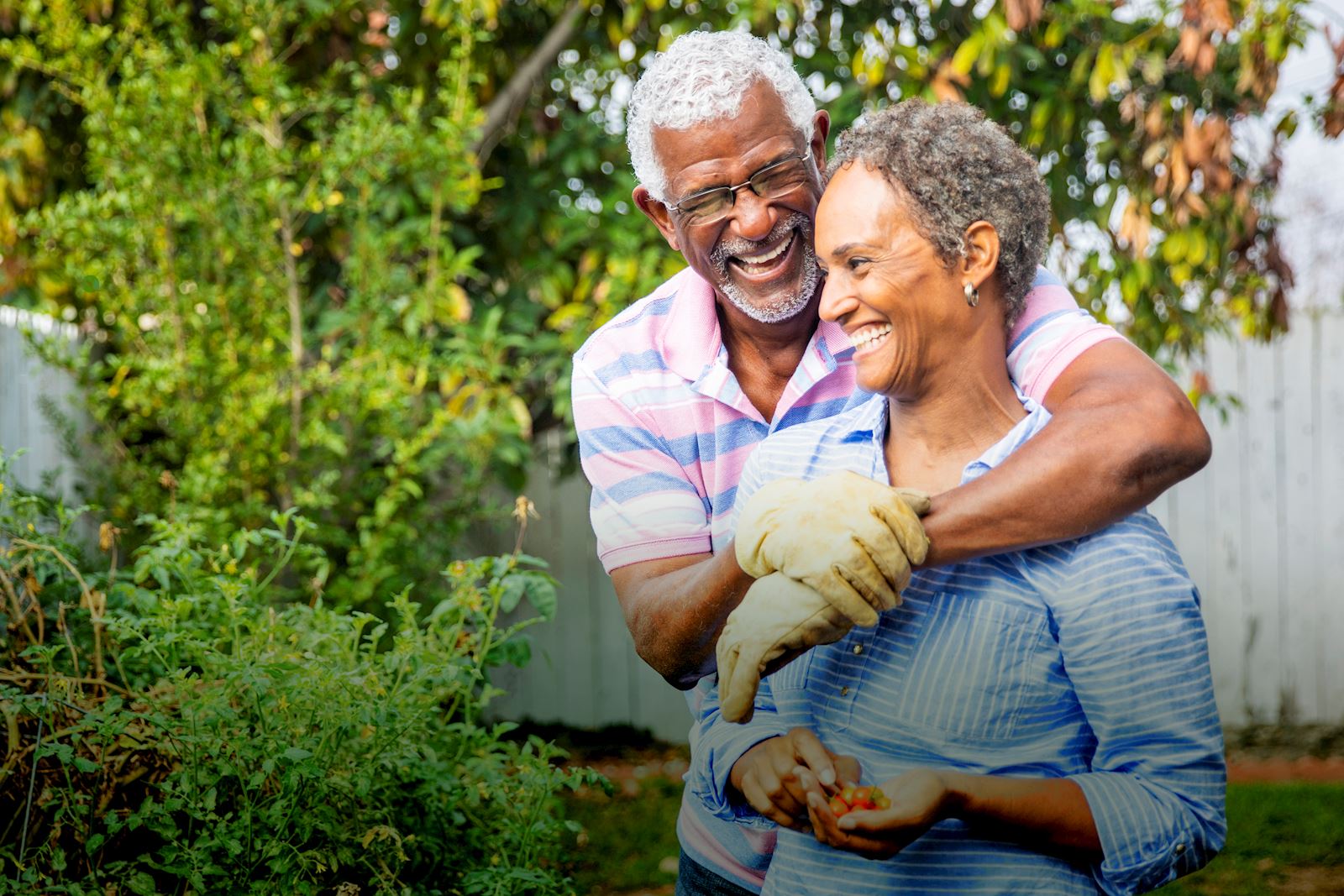John, 67, lives alone and maintains the brick ranch he’s lived in for 39 years. Helen, 75, loves living in the two-story home where she raised her kids. Because she has mobility issues, Helen has a cleaning service and her son handles the grocery shopping. Sue and Eric, both in their 80s, are comfortable in their condo now that they’ve made modifications for his wheelchair and have a home health aide to help manage their chronic health conditions.
John, Helen, Sue, and Eric have different living situations, but they have one thing in common: they’re all aging in a way that is comfortable and safe in the place that’s closest to their hearts — their home. It’s called “aging in place” and it’s how most seniors want to spend their golden years.
What is aging in place?
“Aging in place” means that seniors want to remain in their current residence and maintain their quality of life, routines, and social connections as much as possible. According to an AARP report of adults aged 50 and over, 77% want to age in place.
But aging in place often brings up concerns:
- What happens if mobility issues arise?
- Will the individual be able to maintain their social and community connections?
- What happens when driving isn’t possible?
- What happens if there’s a medical emergency?
Start with these three steps
If you or a loved one are considering ways to age in place, here are three ideas to help make the process easier.
1. Conduct a home safety check
This is a critical first step to ensuring the home is safe for aging in place, especially for seniors who have mobility issues or sight impairments. Have a family member or trusted friend tour the home to look for needed repairs and opportunities for modifications to reduce tripping hazards, enhance lighting, and improve accessibility. Think grab bars in the bathroom, walk-in bathtubs, and railings on stairs. If you can’t make the changes, search locally for a home modification professional who can do the work.
2. Search for support before it’s needed
Many people can age in place comfortably for years on their own before needing assistance. Still, if you or a loved one are expecting to enjoy your golden years at home, plan ahead for support services so when the time comes you have resources lined up. The source of that support can range from having family members stop by a few times a week to hiring home health aides to provide daily support with household chores and personal care.
3. Make mealtime easier
Meal planning, grocery shopping, meal prep, and clean-up require lots of planning, energy, and time. And that applies to everyone – not just seniors! But for seniors living alone, especially those with mobility issues or people with dietary limitations related to chronic health conditions, mealtime is even more daunting..
Mom's Meals® can help
A meal delivery service like Mom’s Meals takes the worry out of mealtime. Mom’s Meals delivers nutritious, delicious meals that can be stored in the refrigerator for up to 14 days. Clients choose their favorite meals from nine different medically tailored menus. Mom’s Meals serves clients covered by Medicare Advantage plans, Medicaid plans, Long-Term Services and Supports programs, or the Older Americans Act, as well as individuals and caregivers who want a self-pay program. Find out more.



